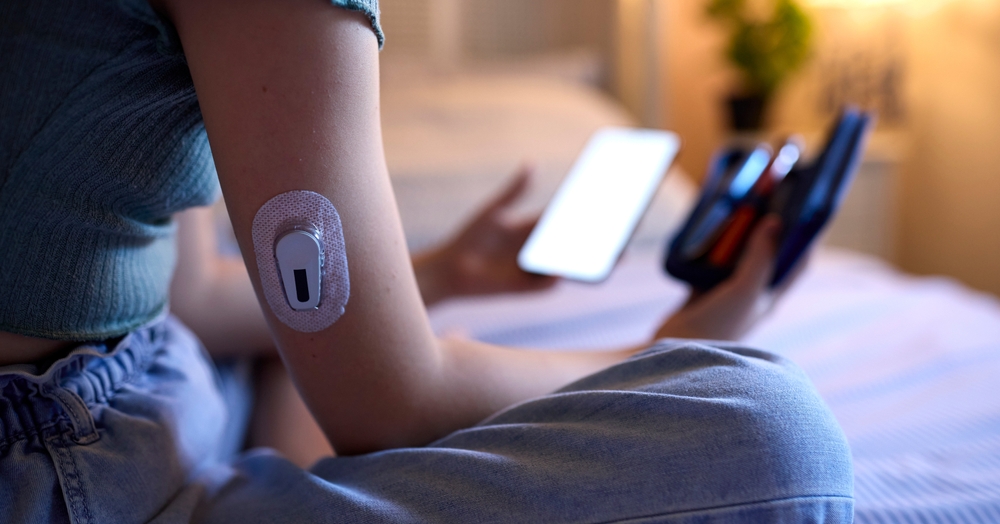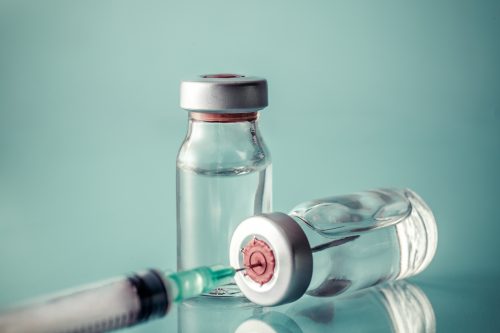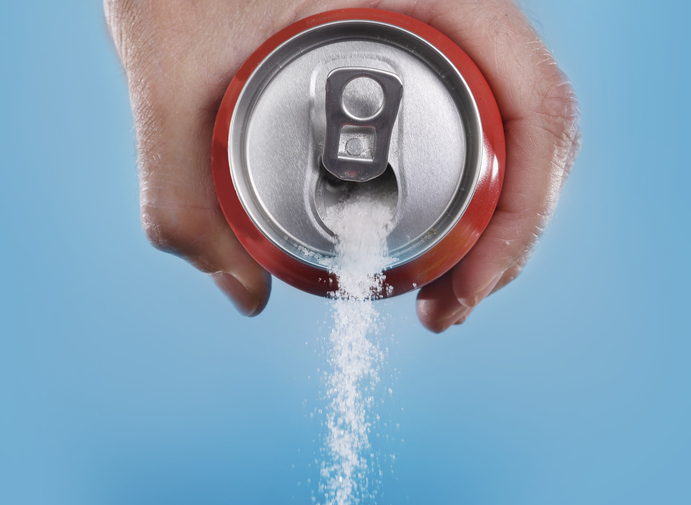
Researchers led by Bei-Si Lin investigated the predictive accuracy of hemoglobin glycation index (HGI) time-in-range (TIR) >70% hypoglycemia in patients with type 2 diabetes (T2D), which could offer new perspectives for the individualized treatment of patients with well-controlled blood glucose levels.
All participants (n=129) underwent 7-day continuous glucose monitoring (CGM) using a retrospective CGM system to obtain glycemic variability indices. HGI was defined as laboratory A1c minus the glucose management indicator. Participants were categorized into low-HGI (<0.5) and high-HGI (≥0.5) groups according to HGI median (0.5).
Logistic regression and receiver operating characteristic curve analyses were used to determine the risk factors for hypoglycemia. The following data and findings were drawn:
- The median age of the 129 participants was 54.84 ± 12.56 years, and 46% were men. The median TIR score was 90%.
- The high-HGI group exhibited lower TIR and greater time below range with higher A1c than the low-HGI group, thus suggesting more glycemic excursion and an increased incidence of hypoglycemia in the high-HGI group.
- Multivariate analyses revealed that mean blood glucose, standard deviation of blood glucose, and HGI were independent risk factors for hypoglycemia.
- Receiver operating characteristic curve analysis indicated that the HGI was the best predictor of hypoglycemia.
- The optimal cutoff points for HGI, mean blood glucose, and standard deviation of blood glucose in predicting hypoglycemia were 0.5%, 7.2 nmol/L, and 1.4 nmol/L, respectively.
Based on these findings, the researchers concluded that high HGI was significantly associated with greater glycemic excursions and increased hypoglycemia in patients with TIR >70%. Therefore, HGI may be a reliable predictor of hypoglycemia in this population.







 © 2025 Mashup Media, LLC, a Formedics Property. All Rights Reserved.
© 2025 Mashup Media, LLC, a Formedics Property. All Rights Reserved.